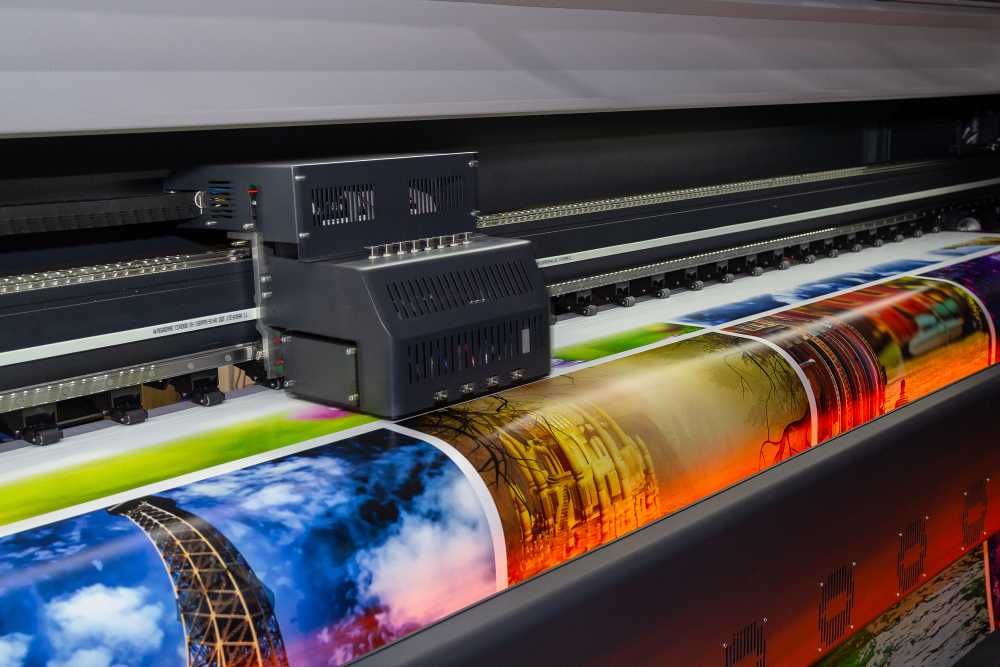Table of Contents
What is Auto Body Repair?
Auto body repair refers to the process of restoring or replacing damaged parts of a vehicle’s body. The body of a vehicle includes all external parts such as the doors, fenders, bumpers, hood, roof, trunk, and frame. Auto body repair addresses both cosmetic damage (such as scratches and dents) and structural damage (such as frame issues or severe impact from an accident).
The goal of automotivegreen .com is not just to improve the vehicle’s appearance but also to ensure its safety, structural integrity, and performance.
Common Auto Body Repair Services
Auto body repair shops offer a variety of services to address different types of damage. Here are some of the most common types of repairs:
1. Collision Repair
After an accident, your vehicle may suffer extensive body damage. Collision repair involves fixing dents, cracks, and bends in the vehicle’s body and restoring it to its pre-accident condition. This may include repairing or replacing parts like bumpers, doors, fenders, and hoods.
- Frame Straightening: If the vehicle’s frame has been bent or misaligned, it may require specialized equipment to straighten it back into shape.
- Body Panel Replacement: In some cases, damaged panels may need to be replaced entirely, which requires removing the old parts and installing new ones.
2. Dent and Scratch Repair
Minor accidents or everyday wear and tear can cause dents, dings, and scratches on your vehicle’s body. Auto body shops can remove these imperfections through methods like paintless dent repair (PDR), sanding, and repainting.
- Paintless Dent Repair (PDR): This method involves massaging the metal from behind the dent to restore the original shape without damaging the paint. PDR is ideal for small, shallow dents caused by hail or parking lot incidents.
- Scratch Repair: For deeper scratches that reach the paint layer, the affected area may need to be sanded, primed, and repainted.
3. Paint Services
Repainting your vehicle is a common auto body repair service that restores its aesthetic appeal. Whether you need a complete paint job or a touch-up, auto body shops can match the original color and finish, ensuring that your car looks as good as new.
- Full Repainting: If your vehicle has extensive damage or you want to change its color, a full repaint may be necessary. The process includes sanding, priming, painting, and clear-coating.
- Touch-Up Painting: For small chips or scratches, touch-up paint can be applied to match the vehicle’s existing color.
4. Frame and Structural Repairs
In more severe accidents, the vehicle’s frame may become bent or misaligned. This requires careful inspection and repair to restore the car’s structural integrity. If the frame is damaged beyond repair, it may need to be replaced.
- Unibody Repair: Many modern vehicles are built with a unibody design, which means the frame and body are integrated. Repairing a unibody can be complex and requires specialized equipment to realign the structure.
- Chassis Alignment: If the chassis is out of alignment, it can affect the car’s handling, tire wear, and safety. Auto body shops will use advanced tools to realign the chassis to factory specifications.
5. Glass Repair and Replacement
Cracked or shattered windows and windshields are common issues after accidents. Auto body shops offer glass repair or replacement services, ensuring that your vehicle’s visibility and safety are restored.
- Windshield Repair: Small cracks or chips can often be repaired to prevent further damage.
- Windshield Replacement: If the damage is severe, the entire windshield may need to be replaced.
- Window Glass Replacement: Side windows or rear windows may also need to be replaced if broken or damaged.
6. Bumper Repair or Replacement
Bumpers are often the first part of the car to be damaged in low-speed collisions. Auto body shops can repair or replace bumpers, restoring their functionality and appearance.
- Plastic Bumper Repair: Modern bumpers are often made of plastic, which can be repaired with specialized techniques such as heat treatment or epoxy.
- Bumper Replacement: If the bumper is severely damaged, it may need to be replaced entirely, including the reinforcement bar and any sensors or lighting components.
7. Wheel Alignment and Suspension Repair
Auto body repair shops may also provide wheel alignment and suspension services to ensure that your car drives smoothly and safely after an accident.
- Alignment: After a collision, the wheels may become misaligned, leading to uneven tire wear or poor handling. Wheel alignment restores the proper angles and alignment.
- Suspension Repair: If the suspension system (shocks, struts, springs) has been damaged, it may need to be repaired or replaced to restore stability and comfort.
How to Choose the Right Auto Body Repair Shop
Finding a reliable and reputable auto body repair shop is crucial to ensuring that your vehicle is repaired correctly and safely. Here are some tips to help you choose the right shop:
1. Check for Certifications
Look for auto body shops that are certified by industry organizations like ASE (Automotive Service Excellence) or I-CAR. These certifications indicate that the technicians have received proper training and follow high standards of repair.
2. Read Reviews and Ask for Recommendations
Customer reviews and recommendations from friends and family can provide valuable insights into the quality of service a shop offers. Check online review platforms like Google, Yelp, and the shop’s social media pages for feedback.
3. Get Multiple Estimates
Before committing to repairs, get estimates from multiple auto body shops. This allows you to compare prices and services, helping you make an informed decision.
4. Check Insurance Coverage
If your repair is due to an accident, you may need to work with your insurance company. Choose a repair shop that works with your insurance provider and accepts direct billing. Some shops also offer help with the insurance claims process.
5. Ask About Warranties
A reputable shop will offer a warranty on the repairs they perform. Be sure to ask about the details of the warranty, including the coverage period and what’s included.
6. Look for Experience and Specialization
Ensure that the shop has experience repairing vehicles of your make and model. Some shops specialize in certain types of vehicles or repair services, so it’s important to choose one that matches your needs.
What to Expect During the Auto Body Repair Process
The auto body repair process typically involves the following steps:
1. Inspection and Estimate
The repair shop will inspect your vehicle to assess the damage and determine what repairs are needed. You will receive an estimate outlining the cost of labor, parts, and any additional charges.
2. Approval of Repairs
Once you approve the estimate, the shop will begin the repair work. Be sure to ask for a timeline for when the work will be completed.
3. Repairs and Restoration
Technicians will carry out the necessary repairs, which may include fixing dents, replacing damaged parts, repainting, or addressing structural issues. The work will be done with high attention to detail to ensure the vehicle looks and performs like new.
4. Inspection and Quality Check
Once repairs are complete, the shop will perform a final inspection to ensure that everything is functioning correctly and that the vehicle is safe to drive.
5. Pick-Up and Payment
After the repairs are finished, you will be notified, and you can pick up your vehicle. You will receive a final invoice detailing the cost of the repairs. Be sure to review the work before making payment to ensure everything was completed as agreed.
Conclusion
Auto body repair is an essential service for maintaining the safety, appearance, and performance of your vehicle after an accident or damage. Whether it’s a minor dent or a major collision, choosing a reputable auto body repair shop ensures that your car is restored to its pre-damaged condition and is safe to drive. By understanding the services available, choosing the right shop, and knowing what to expect, you can navigate the repair process with confidence.








_3-6.jpg)